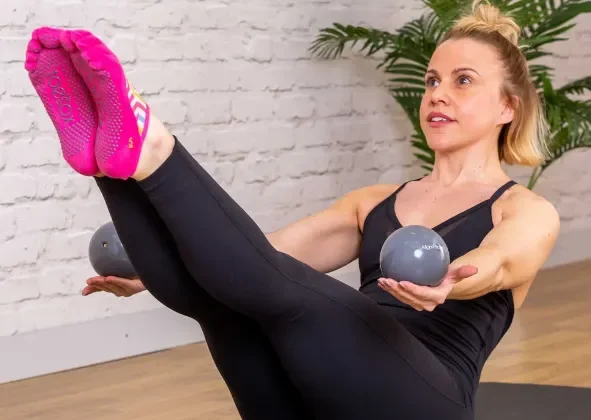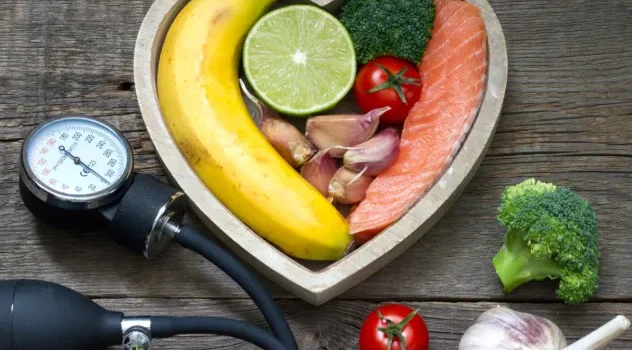
Hypertension, or high blood pressure, is a widespread health concern that can lead to serious complications like heart disease and stroke if left unchecked. While hypertension can’t be completely cured, many people wonder if it can be reversed. While the process may not be easy, it is possible to significantly lower blood pressure with the right lifestyle changes. Let’s explore how you can take charge of your health and potentially reverse hypertension.
Understanding Blood Pressure Categories
Blood pressure is measured using two numbers: systolic (top) and diastolic (bottom). These numbers help doctors assess the severity of hypertension, which is divided into stages:
- Normal: Below 120/80 mm Hg
- Elevated: 120-129/Under 80 mm Hg
- Stage 1 Hypertension: 130-139/80-89 mm Hg
- Stage 2 Hypertension: 140/90 mm Hg or higher
Reversing hypertension means improving your readings to the point where you are no longer classified as having high blood pressure. For example, reducing Stage 2 hypertension to Stage 1 would be considered a reversal. A drop from Stage 1 to elevated, or from elevated to normal, is also seen as a reversal. The process is generally more challenging at higher stages but can still be possible with consistent effort.
Lifestyle Changes to Reverse Hypertension
Making changes to your daily habits is one of the most effective ways to manage and potentially reverse hypertension. Here are some practical approaches:
1. Focus on Weight Management
Being overweight or obese is a major risk factor for high blood pressure. Even modest weight loss—around 5-10% of your body weight—can have a significant impact on reducing hypertension. Aim to make gradual changes by eating more fruits, vegetables, and whole grains, cutting back on sweets, and increasing physical activity.
2. Increase Physical Activity
Exercise is one of the most powerful ways to lower blood pressure naturally. Regular cardio exercises like walking, cycling, or swimming can significantly reduce both systolic and diastolic pressure. Aim for at least 30 minutes of moderate activity most days of the week. Strength training, which helps build muscle mass, can also support blood pressure management.
3. Limit Sodium Intake
Excessive sodium in your diet can cause the body to retain water, which in turn increases blood pressure. Reducing salt intake, especially from processed foods and added salt, can help lower your readings. The DASH (Dietary Approaches to Stop Hypertension) diet emphasizes cutting back on sodium while focusing on fresh, whole foods.
4. Follow the DASH Diet
The DASH diet is specifically designed to prevent and reverse high blood pressure. It focuses on foods like fruits, vegetables, whole grains, lean proteins, and low-fat dairy while limiting processed foods, sodium, and added sugars. Following the DASH diet has been shown to effectively lower blood pressure levels.
5. Cut Back on Alcohol
Drinking excessive alcohol can raise blood pressure and contribute to weight gain. To reduce hypertension risks, limit alcohol consumption. For women, the recommended limit is one drink per day, and for men, two drinks. Moderating alcohol intake can help manage and potentially reverse high blood pressure.
6. Manage Stress
Chronic stress can lead to higher blood pressure by releasing hormones like cortisol that constrict blood vessels. Find healthy ways to cope with stress, such as practicing relaxation techniques, meditation, deep breathing exercises, or engaging in hobbies that bring you joy.
7. Quit Smoking
Smoking is a major contributor to artery damage and higher blood pressure. It also reduces the effectiveness of blood pressure medications. Quitting smoking can rapidly lower your blood pressure and improve overall heart health. The benefits of quitting smoking go beyond blood pressure, enhancing your long-term health.
8. Consider Medication
While lifestyle changes can be highly effective, some individuals may require medications to manage their blood pressure, especially if changes alone don’t achieve the desired results. Common blood pressure medications include diuretics, beta-blockers, and ACE inhibitors. Talk to your doctor to determine whether medications are necessary in your case.
Monitoring Your Progress
Tracking your blood pressure regularly is key to understanding how well your efforts are working. It’s important to monitor both at home and during doctor’s visits to gauge your progress.
Key Indicators of Progress:
- Improved Categories: A decrease in systolic pressure to a lower hypertension stage indicates positive progress.
- Declining Diastolic Pressure: A reduction in diastolic pressure shows that your efforts are helping your blood vessels relax and expand.
- Stable Readings: Consistently lower readings over time demonstrate that your changes are effective, not just short-term fixes.
- Reduced Medication Dosage: If you experience fewer side effects from blood pressure medication, discuss with your doctor whether lifestyle changes are helping you reduce your dosage.
Consistency Is Key
Hypertension is a chronic condition, and consistency is essential for long-term management. You may experience fluctuations in your blood pressure, but with ongoing effort and monitoring, you can achieve better control over time. Reversing hypertension isn’t a one-time fix—it requires continuous attention to diet, exercise, and lifestyle.
In conclusion, while complete reversal of hypertension might not always be possible, significant improvements are within reach through dedicated lifestyle changes. By focusing on weight management, exercise, reducing sodium intake, managing stress, and following a heart-healthy diet, you can significantly improve your blood pressure readings and enjoy better overall health.












